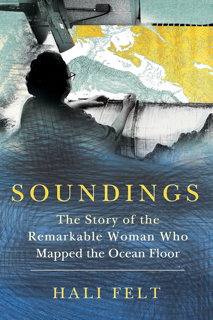The Associated Press has a story about Gladys West, now 87, an African-American mathematician who did pivotal early work on the calculations that led to GPS.
She collected information from the orbiting machines, focusing on information that helped to determine their exact location as they transmitted from around the world. Data was entered into large scale “super computers” that filled entire rooms, and she worked on computer software that processed geoid heights, or precise surface elevations.
The process that led to GPS is too scientific for a newspaper story, but Gladys West would say it took a lot of work—equations checked and double-checked, along with lots of data collection and analysis. Although she might not have grasped its future usage, she was pleased by the company she kept.
If that reminds you a bit of Hidden Figures, it’s not just you. And if reading this piece makes you want to read about the process that led to GPS, even if it’s too scientific for a newspaper story, it’s not just you either. [Blavity]


